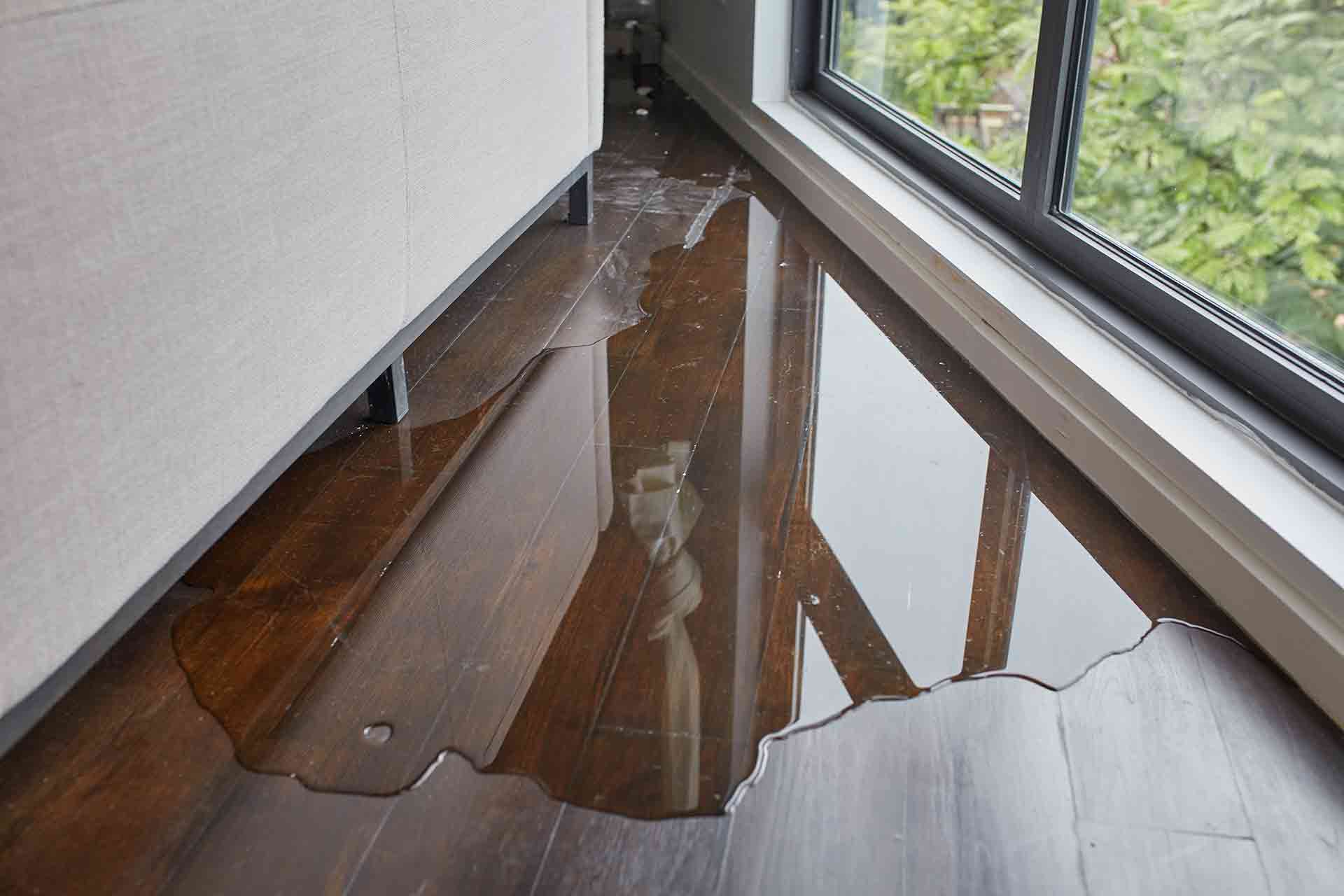Searching for Indications of Water Damage in the Bathroom
Searching for Indications of Water Damage in the Bathroom
Blog Article
Hire a Pest Control Company Now
Right here below you might get lots of very good tips with regards to Preventing Water Damage in the Bathroom.

The washroom is exceptionally vulnerable for wet buildup and also potential water damage due to the frequent use water in it. This post provides basic evaluation techniques to help spotting water damage risks.
The regular use water in the restroom makes it incredibly susceptible for moist accumulation and prospective water damages. By inspecting it routinely, you can reduce water related damages.
The adhering to collection of examinations is very easy to perform and also should be done as soon as in every 3 months in order to maintain your washroom healthy and also to stop possible water problems triggered by the tub, the shower, pipe joints and plumbing, sinks, closets, and also the bathroom
Do not neglect executing these examinations as well as be comprehensive while executing them. Remember that these basic evaluations can conserve you a great deal of money by providing very early indicators for water damage
Bath tub as well as Shower
The shower and bath tub need special focus as well as maintenance. Examine the ceramic tiles and change if broken. Make sure that there is no missing out on grout in between the ceramic tiles. Inspect and also replace cracked caulking at joints where the wall surfaces meet the flooring or the tub. Obstructed drains pipes and pipelines problems will certainly avoid the bath tub from drying out and might indicate severe problems below the bath tub. Talk to an expert immediately to avoid structural damages. Take note of discolorations or soft locations around the bathtub wall surfaces as they may indicate an inner leakage.
Plumbing
Signs for water damage are tough to find because the majority of pipelines are installed inside the wall surfaces.
Pay special focus to flooring and also walls dampness as well as discolorations as they may show an undetectable plumbing trouble. Inspect dampness levels in adjacent rooms as well.
Sinks and also Cabinets
Sinks and closets are exposed to dampness and moisture daily as well as are often neglected. Evaluate frequently under the sink and also on the counter top over it. Repair any type of drip in the catch as it may recommend drain issues. Check out the sink, slow draining pipelines might suggest an obstructed drain. Replace sink seals if they are split or loose.
The Bathroom
The commode is a vulnerable water junction. Examine the water lines and search for leakages around the toilet seat, in the hose pipe, as well as under the water container. If you spot any kind of indicators of wetness on the flooring around the commode, check for leaks in the toilet edge and also tank seals.
Know that hanging commode dish deodorants enhances the opportunities for clogs.
TIPS TO PREVENT WATER DAMAGE IN THE BATHROOM
The average household uses approximately 80-100 gallons of water per person per day. For a family of 4, that's almost 2,500 gallons of water a week! The largest portion of this consumption comes from bathroom use. Flushing the toilet uses the most water, followed by taking a shower or bath. With that much water running through the home, water damage in the bathroom is bound to happen. Knowing how to spot signs of a water leak is essential to preventing long-term damage. This guide provides you with tips to reduce the impact of water damage on your bathroom.
CAUSES OF BATHROOM WATER DAMAGE
Pipe breaks are the most common cause of water damage we see in our daily jobs. The age of a pipe plays a large role in a pipe break as well as corrosion. Over time, the metal begins to break down, allowing water to escape. Frozen pipe breaks are also a concern in the winter months. Toilet overflows caused by paper products or children flushing inappropriate items. Degraded caulking around the toilet or bathtub can allow water seepage, sometimes behind the fixture, into the subfloor or walls. Condensation forms when the water in a pipe is cooler than the air temperature. Beads of water form on the exterior of the pipes, sometimes so much so that the water begins to drip and pool below. Sink or shower backups created by poor drainage. HOW TO PREVENT WATER DAMAGE IN YOUR BATHROOM
Inspect your toilet supply line for worn or frayed hoses and replace them as needed. Winterize your plumbing to prevent a frozen pipe break. Use vent fans to prevent condensation that can lead to mold growth. Routinely check and replace degraded caulking around your toilet or bathtub. Increase the temperature in your toilet tank and insulate your pipes during the warm summer months to keep condensation from forming. Use child safety locks on the toilets. Flush only toilet paper. "Flushable" wet wipes are actually not good for your plumbing system. Additionally, feminine hygiene products should not be flushed. Prevent water from escaping the tub or shower. Make sure shower curtains are in good condition. Inspect shower doors and replace the seal strip if necessary. Wipe up any water that accumulates on the floor and use bath mats. Water left to sit can cause damage to the tiles and flooring. Refrain from using bath products containing heavy oils to avoid a clogged drain.

I have been very excited about How to Prevent Bathroom Water Damage and I'm hoping you enjoyed the new blog entry. Do you know another person who is fascinated by the subject? Why not share it. I enjoy reading our article about How to Fix a Water Damage Bathroom.
Call Us Now Report this page